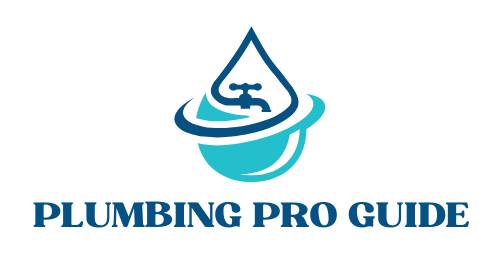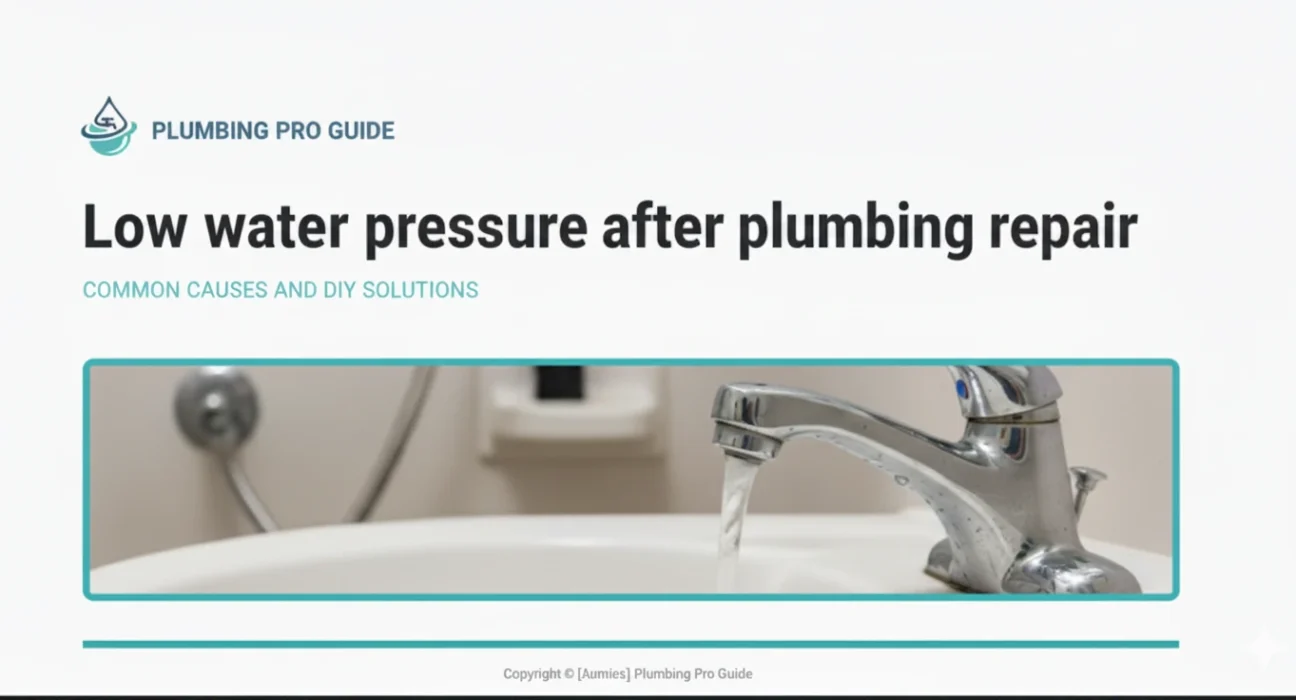Homeowners often notice low water pressure after plumbing repair and assume something major has gone wrong. Low water pressure after plumbing repair can come from small oversights, trapped air, or parts that weren’t fully reset during the job. Understanding the likely causes helps you diagnose the issue quickly and decide whether it’s a simple DIY fix or a problem that needs a plumber.
Home plumbing systems react to even small changes. Repairs, replacements, and shut-offs disturb water flow and introduce air pockets or sediment. Correcting the pressure drop requires looking at valves, fixtures, water lines, and the water heater configuration one step at a time.
1. Low Water Pressure After Plumbing Repair: Common Causes
Finding the source begins with the most changed areas. The following issues frequently show up right after plumbing work:
Water main valve partially closed
A repair often requires shutting off the main. If the valve wasn’t fully reopened, your entire home experiences weakened flow.
Air in water lines after plumbing work
Air pockets form whenever pipes are drained. Water spurting or hissing while flowing is a classic sign.
Clogged faucet aerator after pipe replacement
Newly disturbed pipes loosen debris that gets trapped in the aerator screen.
Sediment is blocking the shut-off valve
A toilet, sink, or appliance valve may partially clog during the repair process.
Water heater bypass valve open
A bypass left cracked open after working near the water heater weakens hot-water pressure throughout the home.
Causes of sudden low water pressure
Recent repairs often shift minerals and sediment. Fixtures located downstream from the repair point may clog first, especially older valves and faucet screens.
2. How to Diagnose Low Water Pressure Step-by-Step
Step 1: Check the main valve
The main shut-off sits near the meter or at the entrance to the home.
Turn the handle fully counterclockwise (for gate valves) or align the lever with the pipe (for ball valves).
Step 2: Flush trapped air
Air pockets create temporary low water pressure after plumbing repair symptoms.
Follow this sequence:
- Start with the highest faucet in the home.
- Turn it on fully for 60 seconds.
- Work downward level by level until reaching the lowest fixture.
- Flush toilets to help move air pockets out of the lines.
Step 3: Inspect individual fixture valves
A sink, shower, or toilet shut-off valve may not have been reopened during the repair.
Rotate the valve counterclockwise as far as it goes and test the pressure again.
Step 4: Clean faucet aerators
A clogged aerator is the fastest DIY fix.
- Unscrew the tip of the faucet.
- Rinse debris and sediment.
- Soak in vinegar for 15–20 minutes.
- Reassemble and test the flow.
Step 5: Check the water heater
Hot-side pressure issues often trace back to:
- A partially closed drain valve
- A water heater bypass valve opens during maintenance
- Sediment is blocking the outlet screen
If only the hot water is weak, focus here first.
Step 6: Compare pressure at multiple fixtures
One slow fixture means a local blockage.
Entire-home low pressure means a main valve, supply issue, or post-repair anomaly.
Consider referencing internal guides, such as low water pressure in the kitchen or low water pressure in the bathroom shower, for additional targeted troubleshooting.
3. DIY Fixes for Low Water Pressure After Plumbing Repair
Most homeowners can handle these simple solutions before calling a professional.
Flush sediment from lines
A recent pipe replacement may shake loose minerals that settle in valves.
- Remove aerators and showerheads.
- Open the cold water supply fully.
- Let water run for 2–3 minutes.
- Reinstall fixtures and test.
Reset appliance valves
Dishwashers, ice makers, and washing machines often have hidden shut-off valves.
Verify each one is completely open and free of debris.
Clear shower cartridges
A shower with weak flow after repair may have debris stuck in the cartridge.
- Shut off the water
- Remove handle and trim
- Pull the cartridge and rinse
- Reinstall securely
Replace worn supply lines
Old flexible hoses collapse internally after being shut off and repressurized.
Replace kinked or soft hoses on toilets, sinks, and appliances.
4. When You Need a Professional Plumber
- Pressure is low throughout the whole home, even after the above steps
- The main valve appears damaged or corroded
- Persistent air returns to the system
- Water heater pressure remains weak despite resetting valves
- A filter or softener causes restriction and needs professional tuning
Severe pressure drops may indicate deeper issues like internal pipe corrosion or a failing pressure-reducing valve (PRV).
5.Quick Diagnosis at a Glance
Symptom | Likely Cause | DIY Fix |
Weak pressure everywhere | Water main valve partially closed | Open the valve fully |
Hot water is only weak | Water heater bypass valve open | Reset bypass valves |
Sputtering water | Air in water lines after plumbing work | Flush lines from top to bottom |
Slow faucet after repair | Clogged faucet aerator after pipe replacement | Clean screens |
One room affected | Sediment blocking the shut-off valve | Open valve & flush |
Did you enjoy our guide on low water pressure after plumbing repair, visit our site to explore more plumbing-related content.
6. FAQ Section
Why do I have low water pressure after plumbing repair?
Repairs disturb valves, introduce air, and loosen sediment. Any of these can reduce flow until reset or flushed.
How do you diagnose low water pressure?
Start at the main valve, check individual shut-offs, clean aerators, inspect the water heater, and compare pressure at multiple fixtures.
How to fix low water pressure after installing a water filter?
Check the filter’s directional flow, verify the bypass isn’t partially engaged, and replace clogged cartridges.
How to rectify low water pressure?
Clean aerators, flush lines, open all valves fully, and reset water heater controls.
Could air trapped in the pipes be causing the low pressure?
Yes. Air creates sputtering and inconsistent pressure until flushed out.
What should I do if the water pressure is low throughout the entire house after the plumber leaves?
Check the main valve first, then call a professional if full-home pressure doesn’t return after flushing and inspecting all valves.


